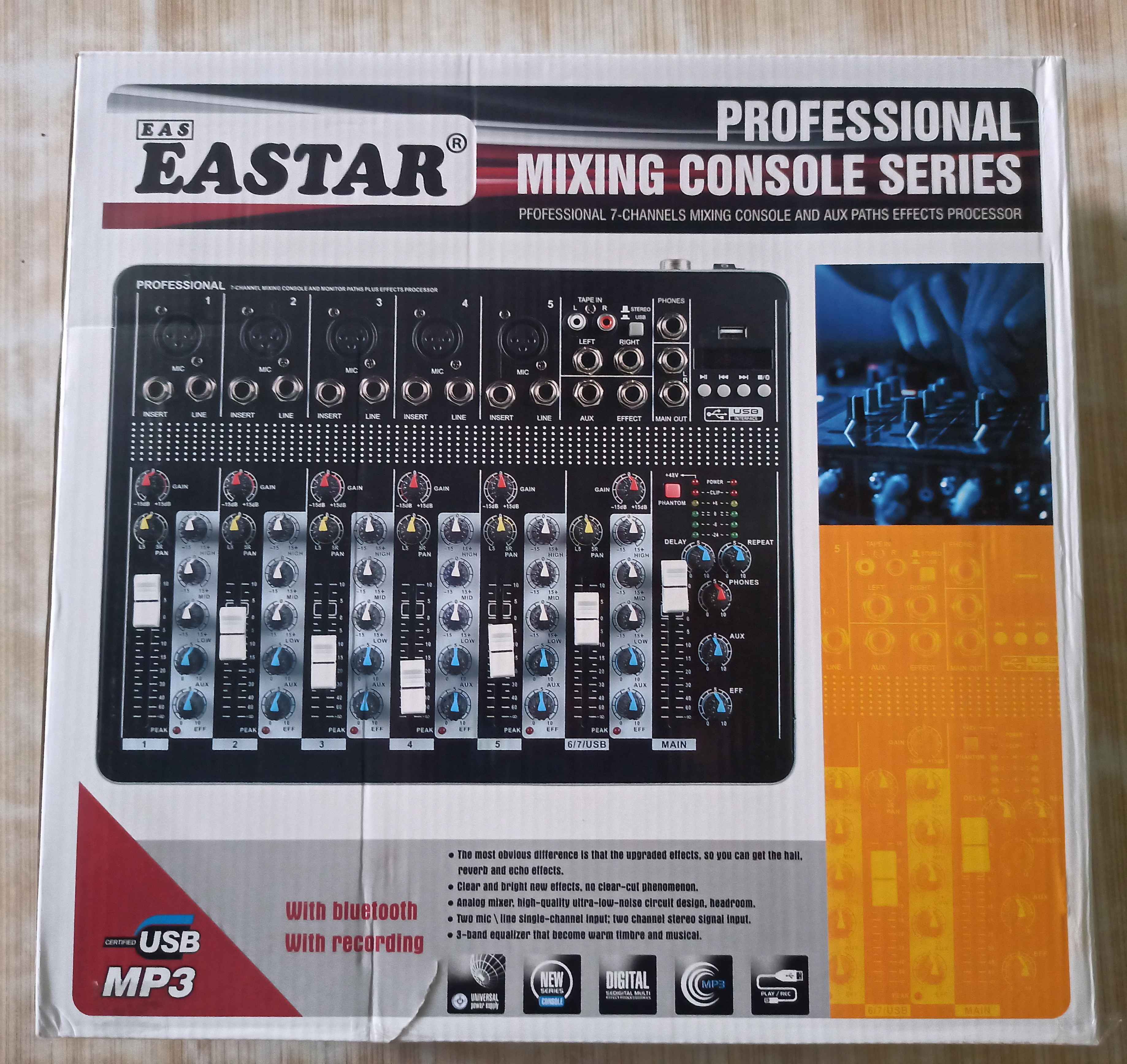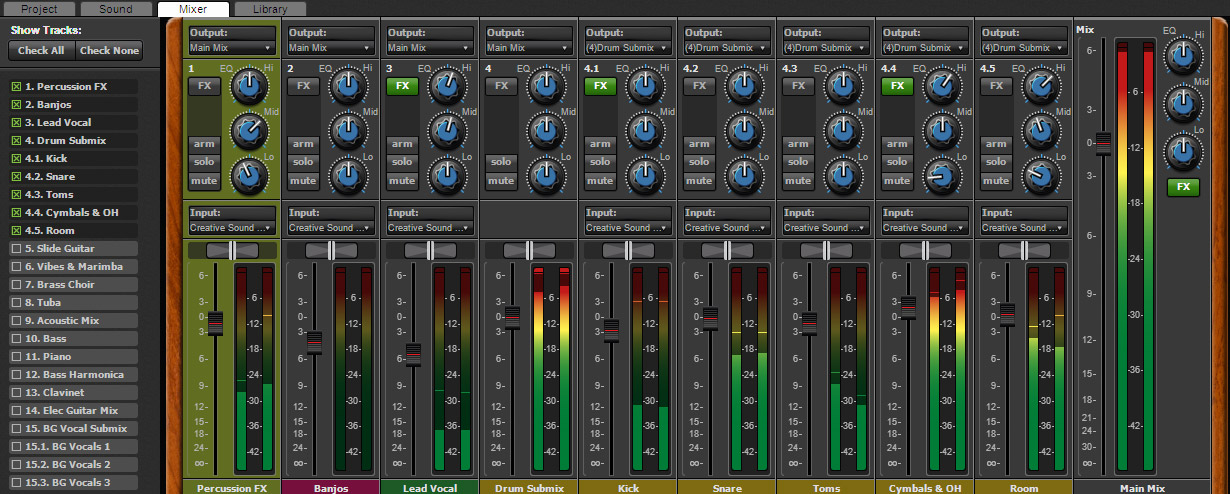

I take no credit for his evolution-I didn’t offer any advice or criticism limiting himself to two concrete plug-ins was his idea.

I’ve since heard classical recordings this man engineered, and they are as excellent as anything I’ve listened to. To his surprise, it turned out quite well. So he did something daring: he took off all the processing and limited himself to two plug-ins and one send effect. Eventually, he turned to me and said “it’s not working, is it?” Little by little, he turned the sound of a baritone vocalist into something overly reverberant, a bit harsh, and altogether unnatural. I once watched a talented engineer who had just graduated from school sit with a classical recording. Trying to turn a sound into something it isn’t Nectar has its own saturation module as well-and if that wasn’t enough, you get a fantastic option from Brainworx as well.Ģ. Neutron has a great exciter, as does Ozone. Yes, it’s important to experiment, but experimentation in crunchtime can be detrimental when you don’t have an idea of what you’re looking for-when you’re haphazardly mucking about.Īn example in the iZotope universe: the Music Production Suite offers a ton of options for harmonic excitement. Pros know why one EQ might be right for the high pass on a track, why the next is appropriate for boosting the high mids, why such-and-such compressor has the perfect complementary tone, and most importantly, how all the plug-ins are going to work together. When proven engineers display a seven-instance plug-in chain, each one of those processors has a distinct purpose. We’ve all fallen victim to this, and it’s hard, because we see our idols do it.īut our idols have a method to their madness. However, too much of a good thing is, in fact, a terrible thing: over-processing your mix with oodles of plug-ins on individual tracks is by far the biggest mistake you can make. Plug-ins are great, especially the ones iZotope offers in Music Production Suite.


 0 kommentar(er)
0 kommentar(er)
